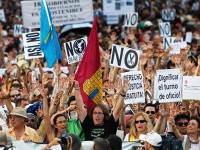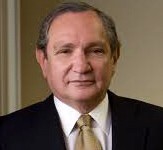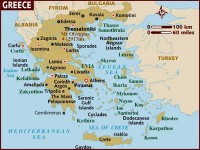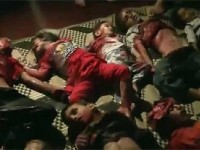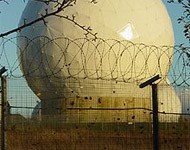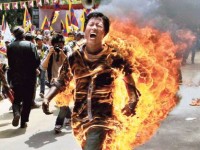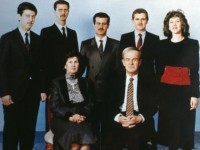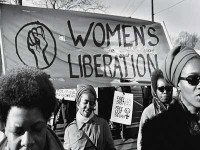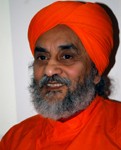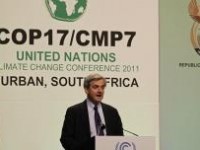This gallery contains 2 photos.
by Ac. Krtashivananda Unemployment in the eurozone hit 11.1% in May while the downturn in its manufacturing sector continued, according to official statistics. A total of 17.56m people are now out of work marking the highest level since records began in 1995, according to EU statistics body Eurostat. Meanwhile, the manufacturing Purchasing Managers’ Index (PMI), compiled by Markit, was stuck at 45.1 in June. Any reading below 50 indicates contraction. The data compounds the gloomy outlook … Continue reading

